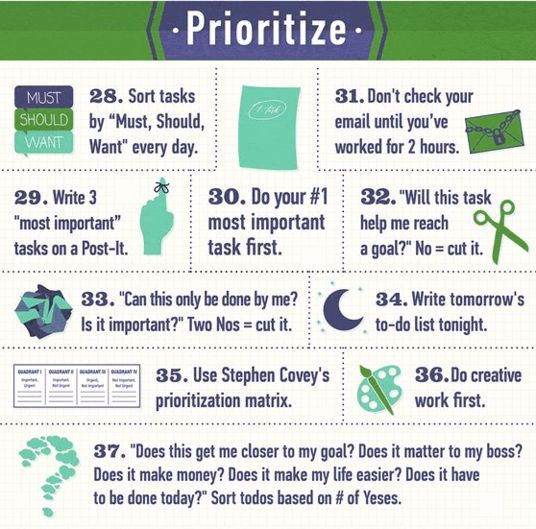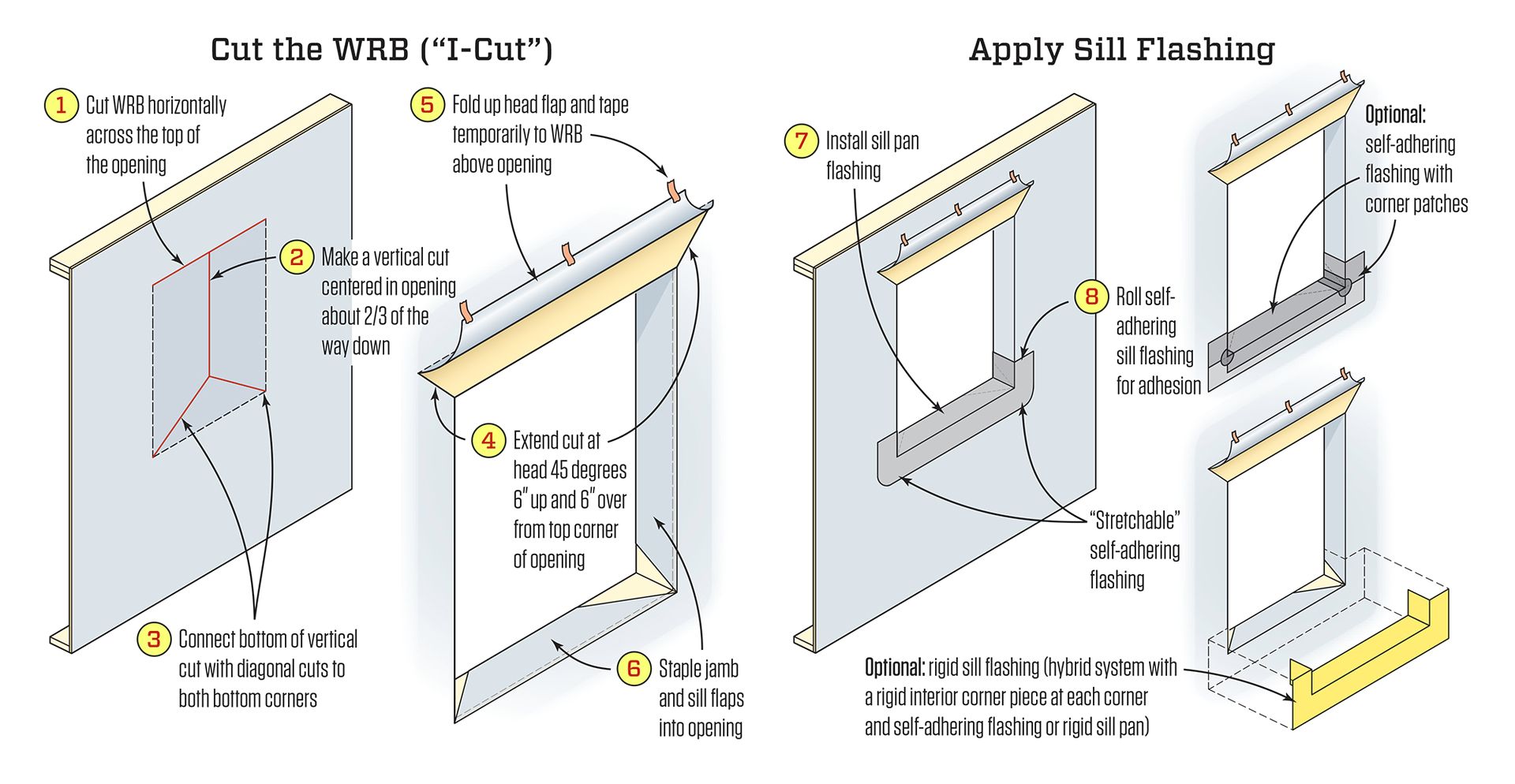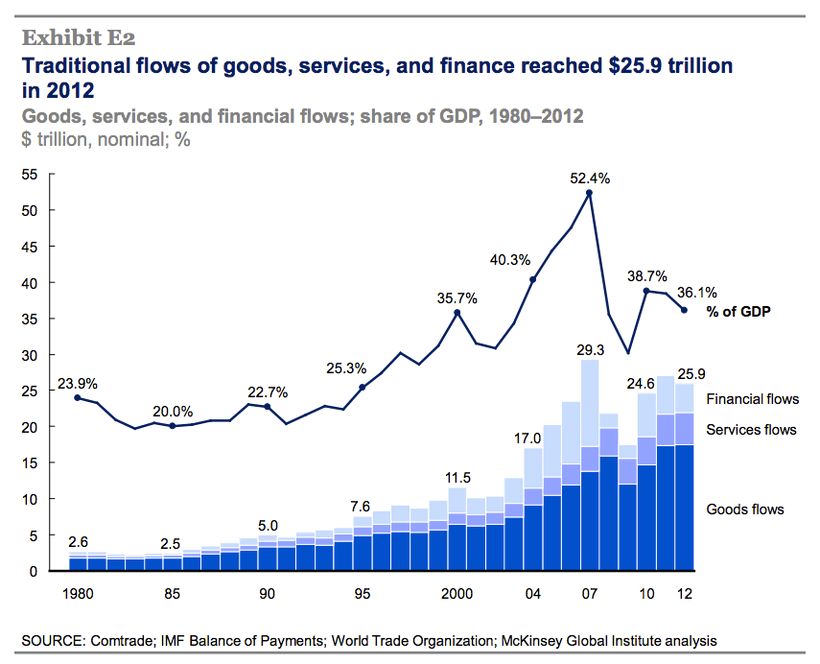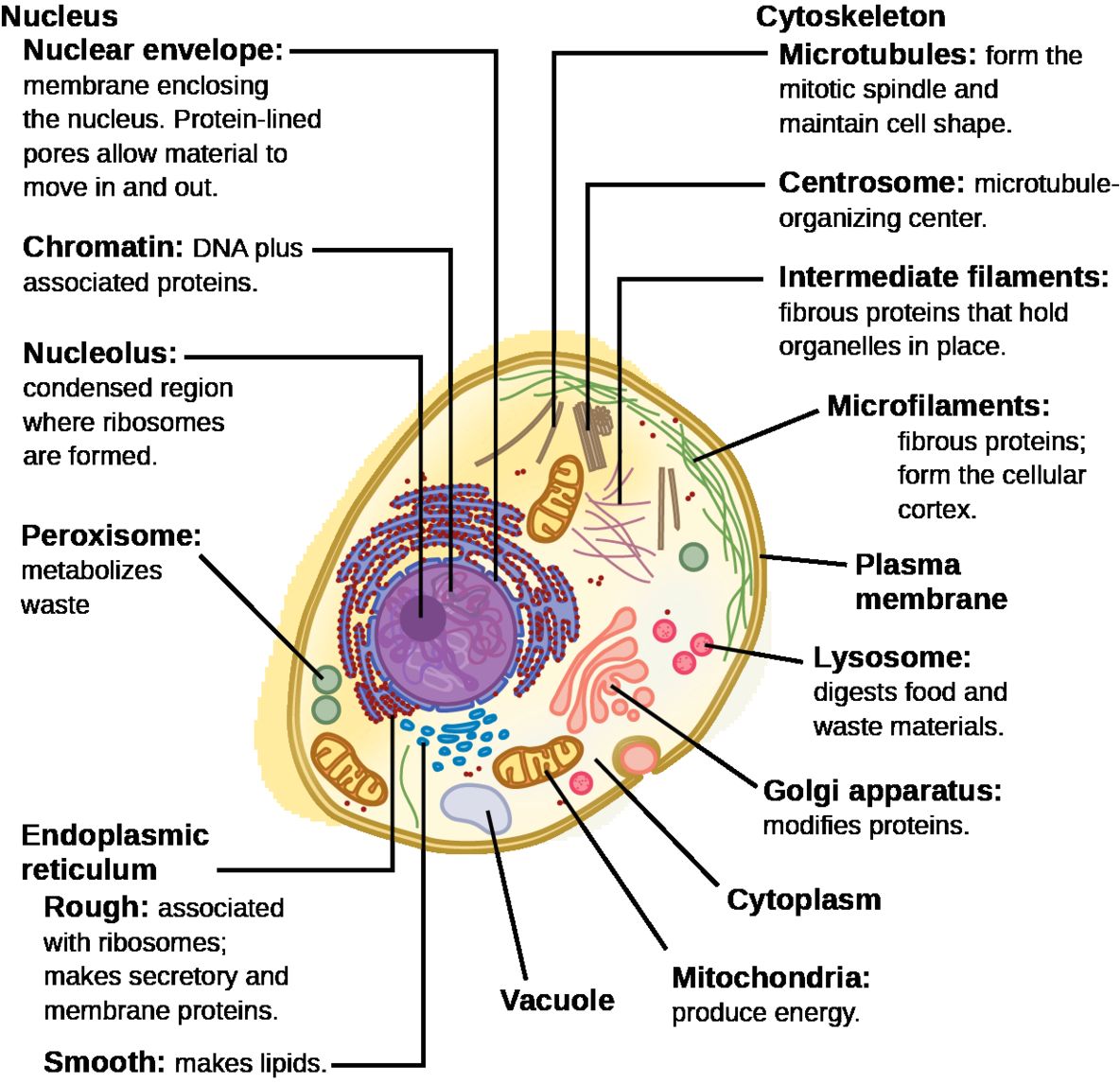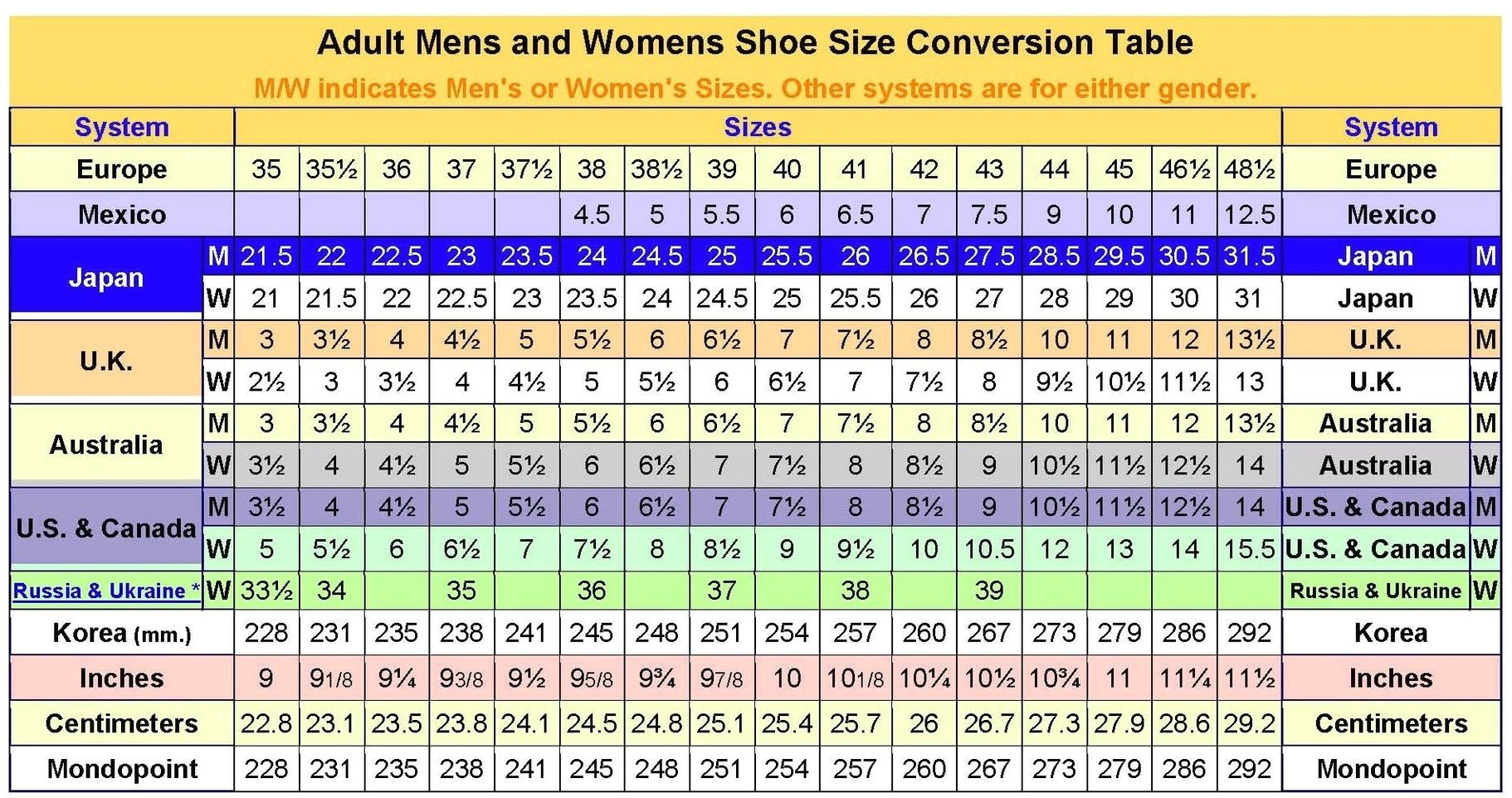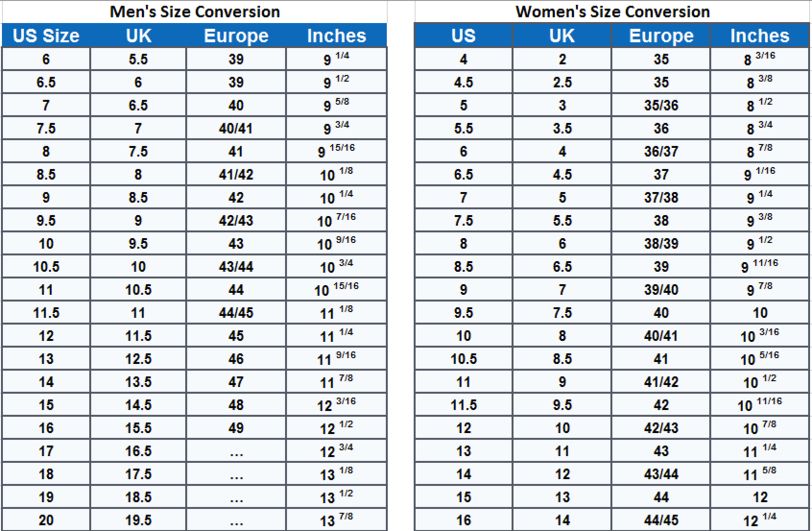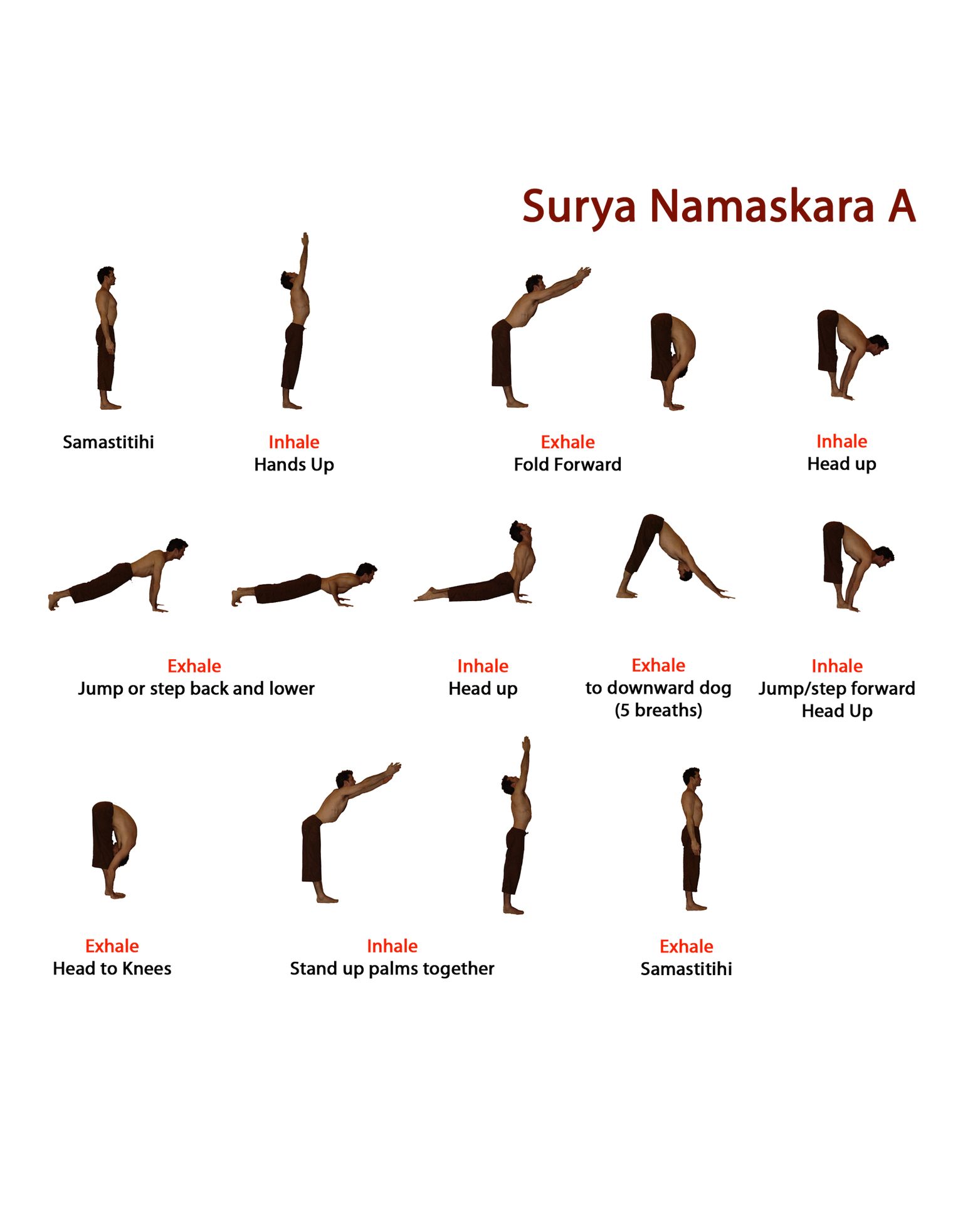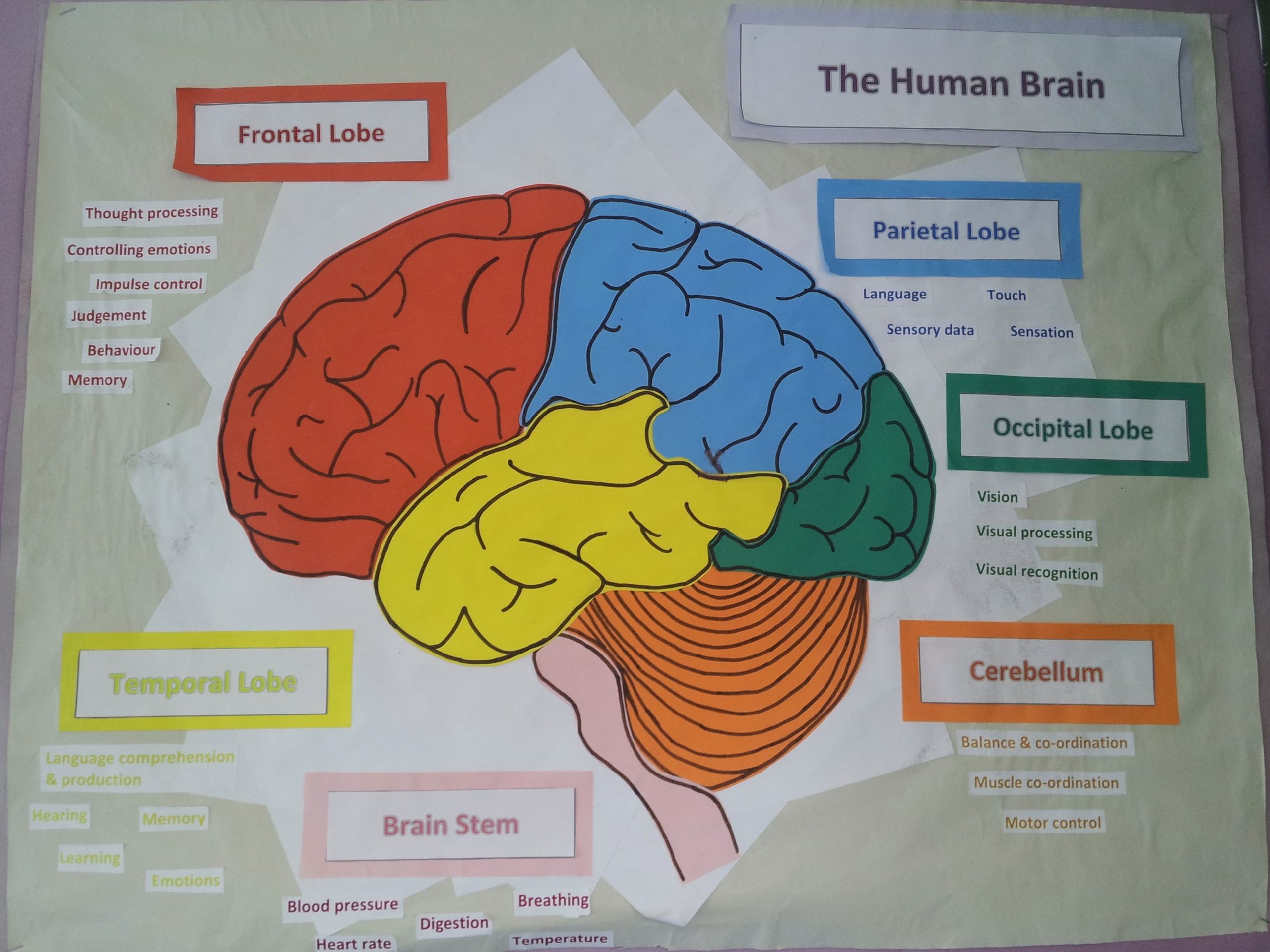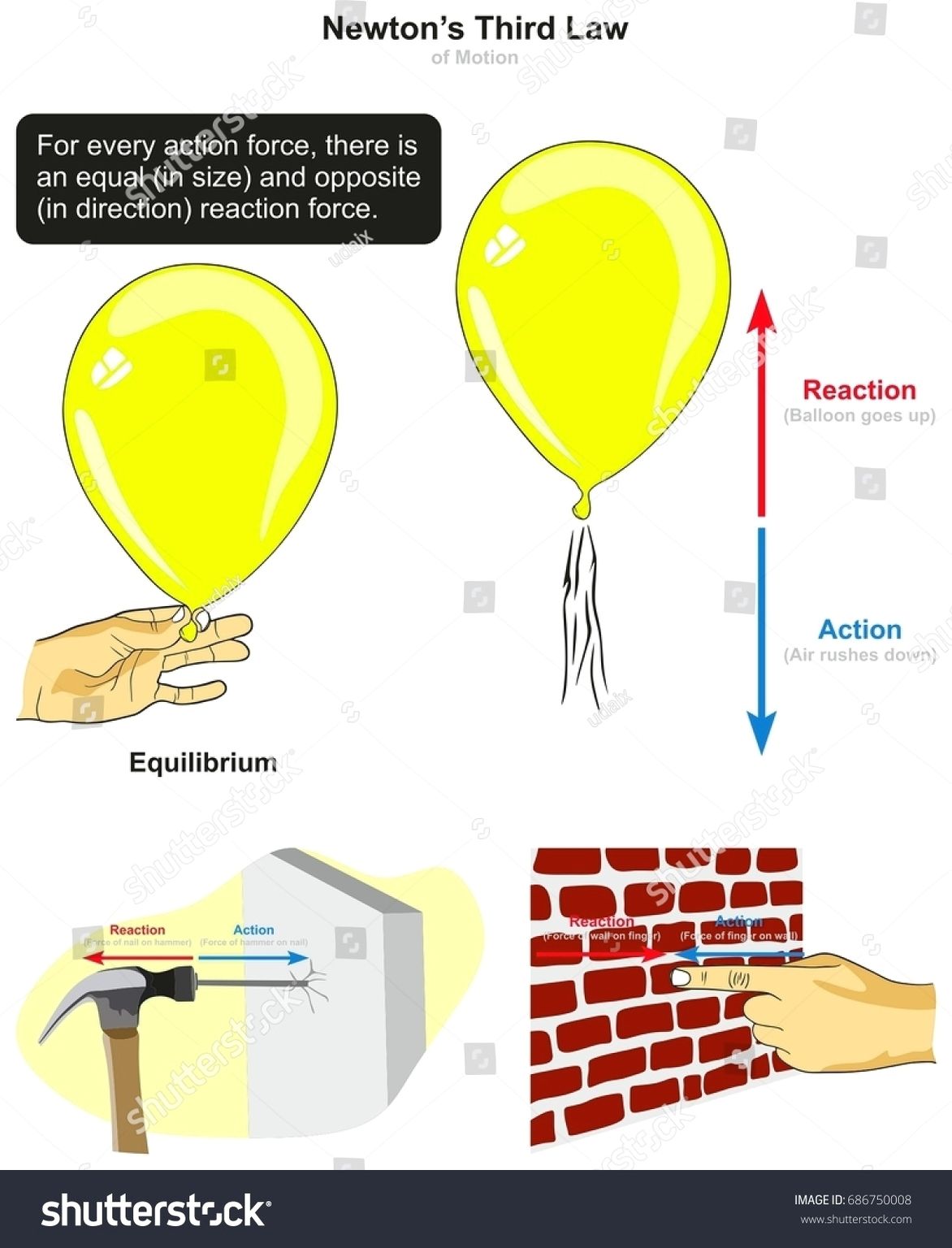See the below image for the How to prioritize effectively infographic diagram. Below we’ve compiled some of the ebooks best tips for creating effective infographics to help your brand devise a strategy that resonates with your audience. 1) DO: Keep it simple and to the point. Try to break down your message into one, strong sentence. From here, you can use data to support what you’re trying to say.
One of the oldest workplace struggles is knowing how to prioritize your work . With more tasks to do, non-stop emails, and higher expectations, deciding what deserves your attention can quickly become overwhelming. However, mastering prioritization can change your life.
1. Capture everything on a Master List and then break it down by monthly, weekly, and daily goals. Prioritization happens on different levels. You have the tasks that need to be done today. The goals you have for this week. And the accomplishments that would make you feel like the past month has been a success.
